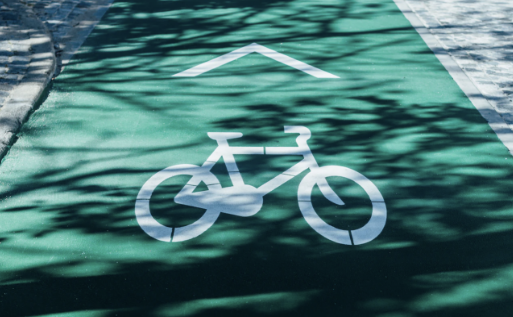We invite you to our first Safety Spotlight Tour. In honor of Clean Air Day, we want to take you on a ride to showcase a few cool improvements that were installed this year that make our streets safer.
But first, join us for a social coffee hour at 9 a.m. at Adams Square Mini Park across the street from Kafn, a cool and hip coffee shop with fantastic drinks! Dont forget your reusable mug. During social hour, we will be giving away FREE bike lights, and reflective straps and stickers (while supplies last) to help you navigate the streets of Glendale safer.
At 10 am, we will roll out for what will be about 7 miles round trip that includes stopping at 3-4 destinations along the way and we anticipate being back at Kafn around noon. Here is where we are headed:
1. Adams Square Mini Park intersection improvements
2. N. Brand Demonstration Project
3. Pelanconi & Kellogg intersection improvements
4. San Fernando Road new bike lane
5. (optional TBD) Glendale Narrows Riverwalk











